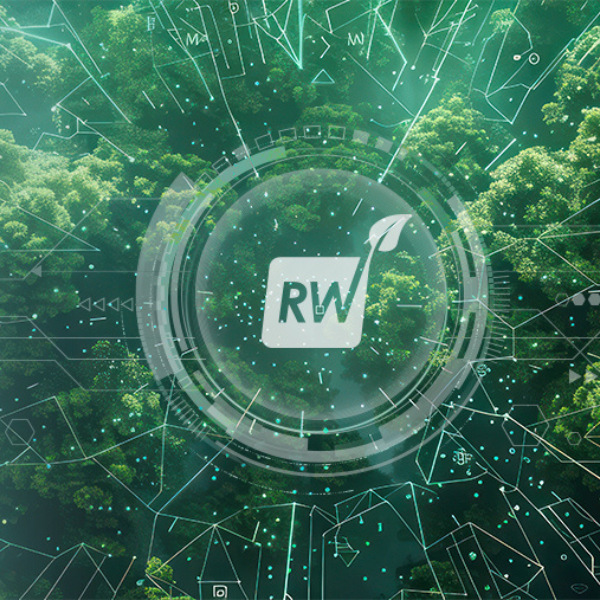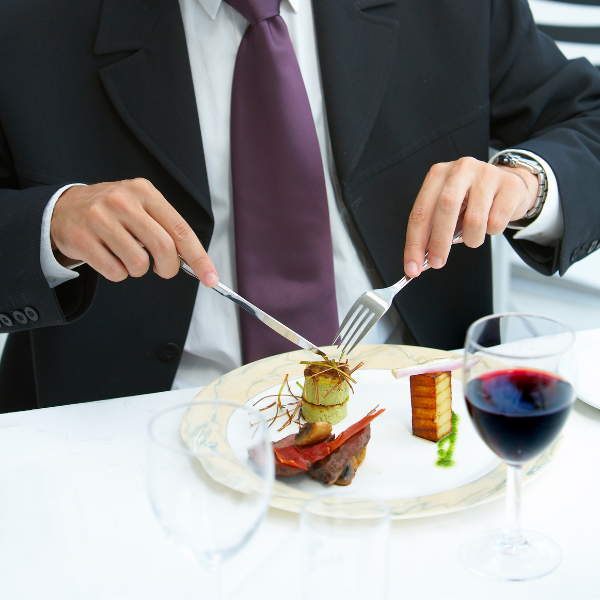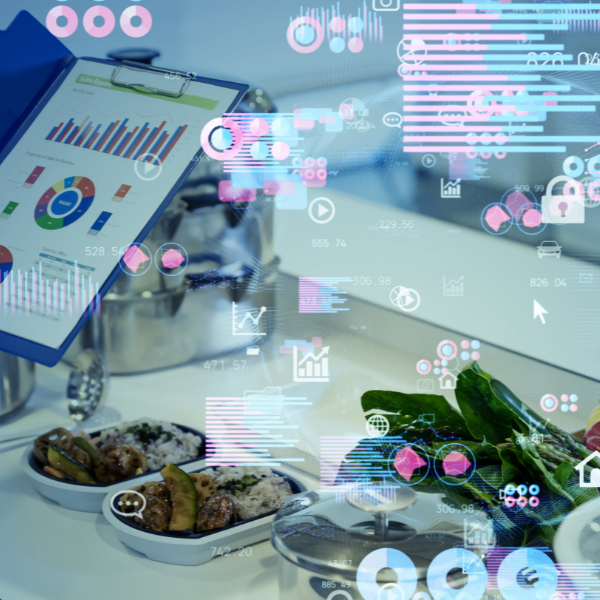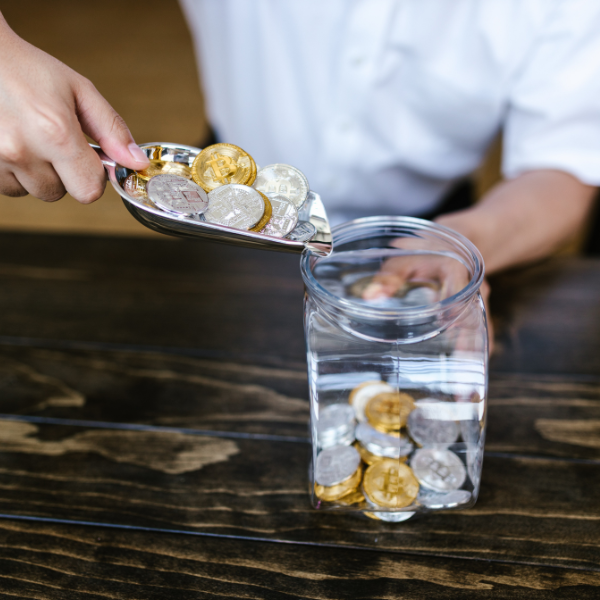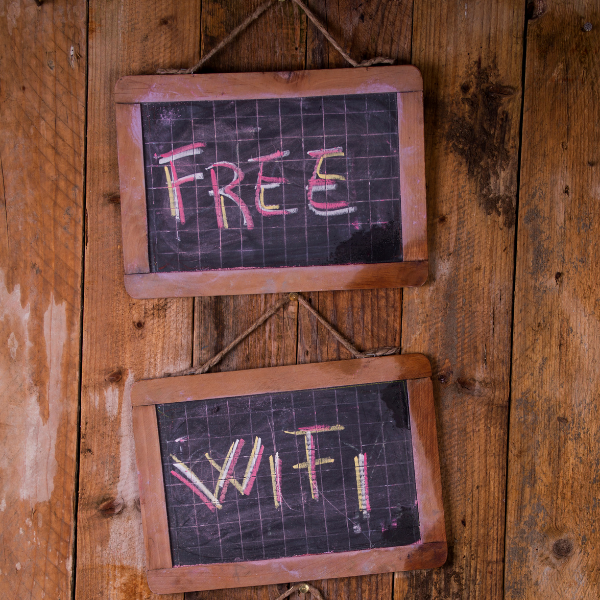In today’s foodservice landscape, sustainability is more than just a buzzword—it's a business imperative. The race to adopt eco-friendly practices is driven by both consumer demand and regulatory pressures. One area ripe for transformation is packaging. However, making the switch to green packaging isn't just about environmental benefits; it's about understanding the green packaging cost benefits and how they impact your bottom line. This analysis aims to guide foodservice operators through the financial implications and advantages of adopting sustainable packaging solutions.
Understanding Green Packaging Cost Analysis
When evaluating the transition to green packaging, it's crucial to conduct a thorough cost analysis. This involves comparing the expenses associated with eco-friendly packaging versus traditional options. Initially, sustainable packaging may seem more expensive, but a deeper dive often reveals long-term savings and operational efficiencies.
- Material Costs: While eco-friendly packaging materials like biodegradable plastics or recycled paper can cost more upfront, bulk purchasing and supplier partnerships often lower costs over time.
- Waste Management: With sustainable packaging, you may reduce waste disposal costs. Many green packaging options are compostable or recyclable, which can decrease landfill fees.
- Operational Efficiency: Streamlined packaging can lead to quicker service times and reduced labor costs. For example, standardized sizes can simplify inventory management and ordering processes.
Financial Benefits of Eco-Friendly Packaging
The transition to sustainable packaging solutions offers several financial benefits that extend beyond direct cost savings. These benefits contribute to a healthier bottom line and can enhance your brand's market position.
- Brand Differentiation: Consumers are increasingly choosing brands that align with their values. Eco-conscious packaging can position your business as a leader in sustainability, attracting more customers and potentially increasing sales.
- Reduced Regulatory Risks: As governments continue to enforce stricter packaging regulations, being proactive in switching to green solutions can help avoid fines and compliance costs.
- Increased Customer Loyalty: Demonstrating a commitment to sustainability fosters loyalty among environmentally-conscious consumers, leading to repeat business and positive word-of-mouth.
Scenario: A Restaurant Chain's Green Packaging Transformation
Consider a mid-sized restaurant chain that switched to sustainable packaging. Initially, the switch increased packaging costs by 15%. However, they noticed a 25% increase in customer retention and a 10% rise in new customers who appreciated the brand’s commitment to the environment. Additionally, by reducing waste disposal fees and optimizing their packaging processes, they achieved a net cost saving of 5% within the first year. This scenario exemplifies the green packaging return on investment that many operators can experience.
Overcoming Challenges and Costs of Implementation
Switching to green packaging isn't without its challenges. The initial investment and the logistics of changing suppliers and retraining staff can be daunting. Here’s how to navigate these hurdles:
- Evaluate Green Packaging Costs: Start with a financial analysis to understand the break-even point and potential savings. This helps in making informed decisions about which packaging solutions offer the best cost-effectiveness.
- Supplier Collaboration: Work closely with suppliers to negotiate prices and explore bulk discounts. Suppliers may also offer sustainable packaging solutions tailored to your specific needs.
- Staff Training: Invest in training programs to educate staff on the benefits and usage of new packaging, ensuring a smooth transition and maintaining service standards.
Long-Term Savings with Eco Packaging
The long-term savings associated with eco-packaging can be substantial. By reducing material usage, minimizing waste, and improving operational efficiencies, businesses can achieve significant cost reductions.
- Cost Efficiency in Green Packaging: Over time, the economies of scale and increased demand for sustainable products typically drive down prices, making eco-friendly options more competitive with traditional packaging.
- Long-Term Savings: As your business scales, the savings from reduced waste and improved efficiencies can result in substantial financial benefits, contributing positively to the overall cost-effectiveness of your operations.
Switching to green packaging is not just an environmental decision—it's a strategic business move that can yield significant financial benefits. By understanding the cost-benefit dynamics and planning for implementation, foodservice operators can enhance their brand reputation, achieve operational efficiencies, and realize substantial cost savings. Explore Restaurantware’s diverse range of sustainable packaging solutions to find the right fit for your business and start your journey toward a more sustainable future.
Q: How can I ensure my green packaging is cost-effective?
A: Conduct a comprehensive cost-benefit analysis, including potential savings from waste reduction and efficiency improvements. Partner with suppliers to find cost-effective sustainable packaging solutions that meet your needs.
Q: Is green packaging durable enough for all foodservice applications?
A: Yes, many eco-friendly packaging materials are designed to meet the demands of various foodservice applications, from hot and cold foods to delivery and takeaway.
Q: What are the biggest challenges in switching to green packaging?
A: Initial costs and logistics are common challenges. However, these can be mitigated with strategic planning and supplier partnerships.




